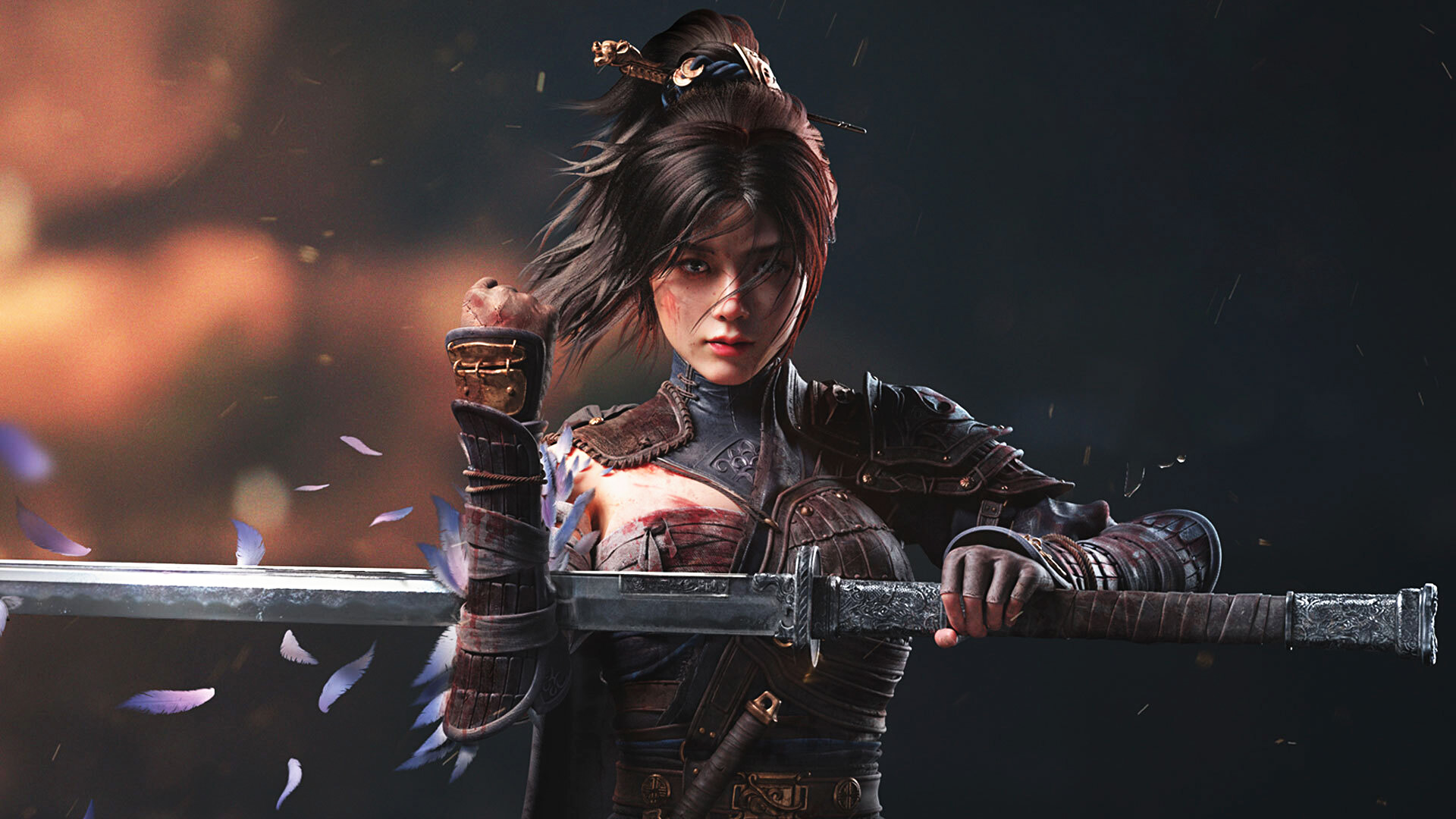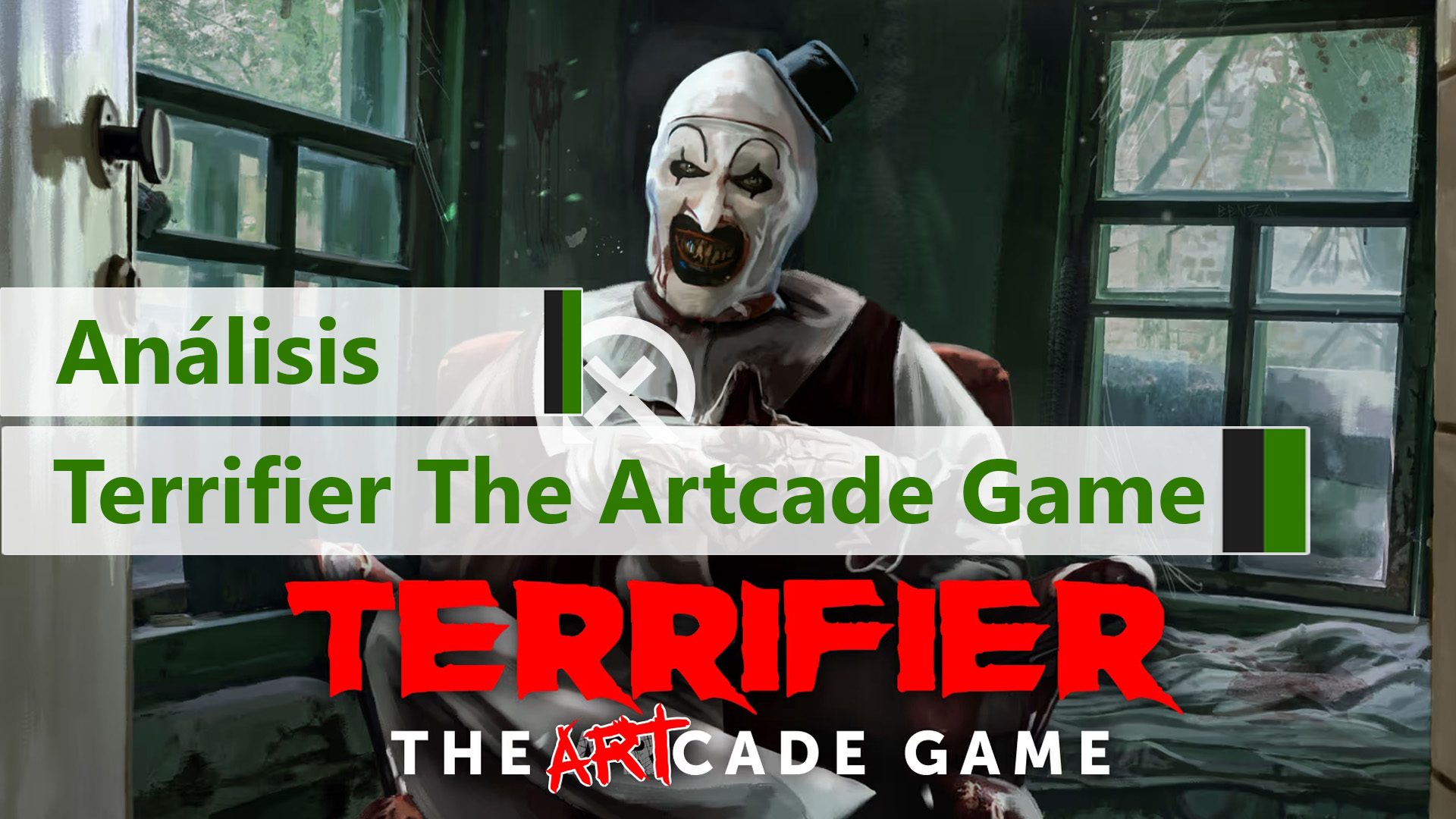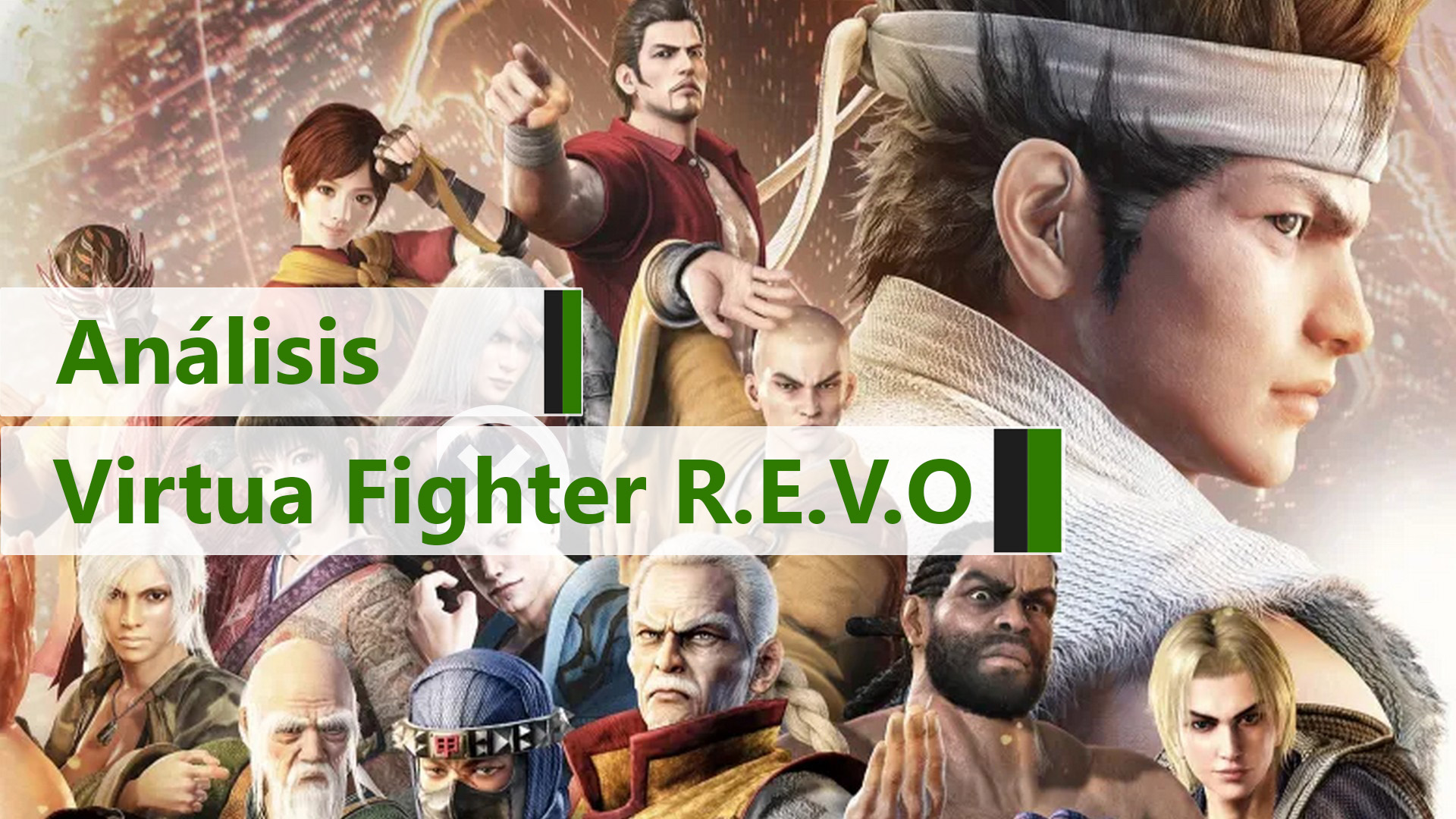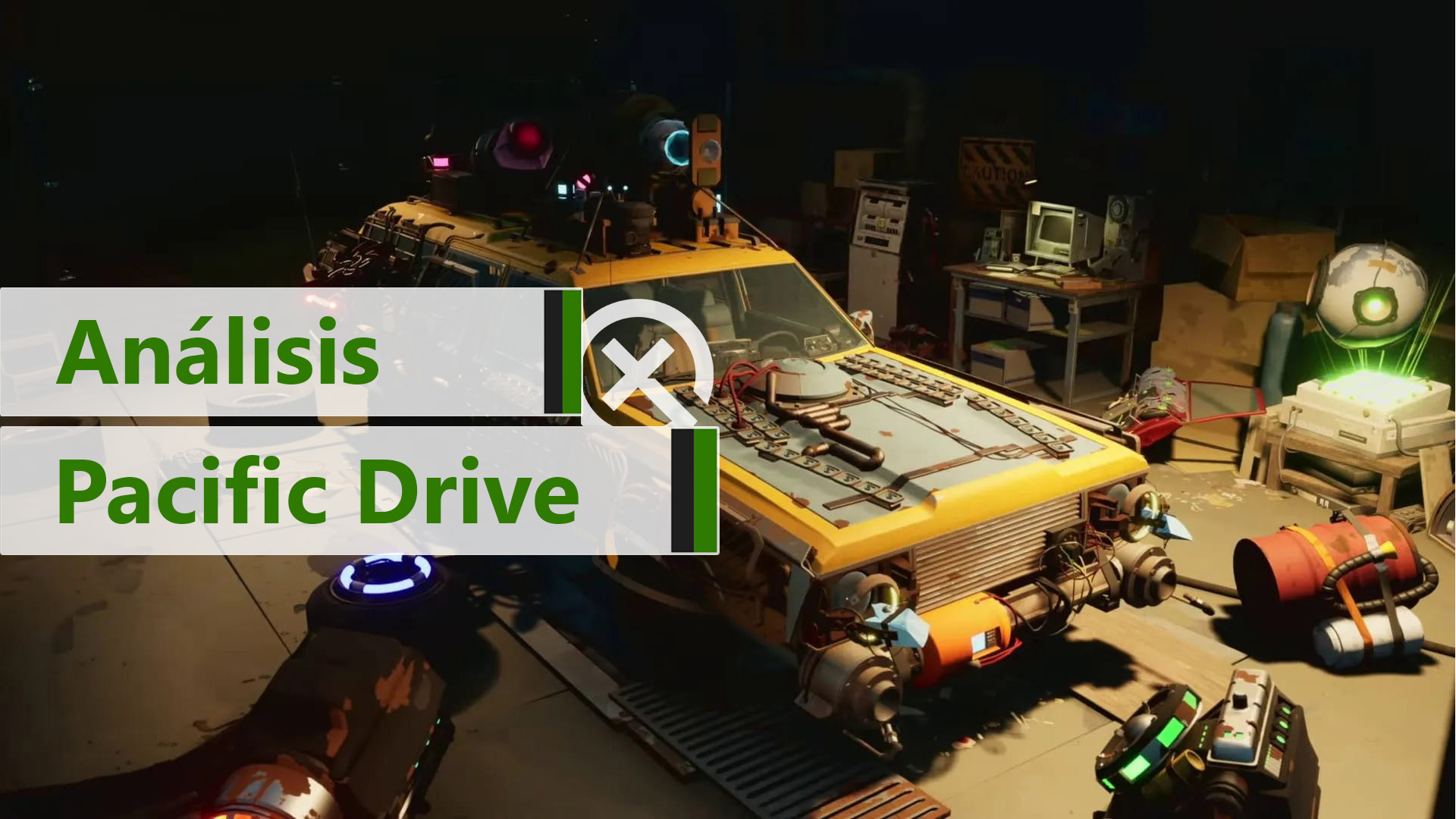We analyze for Xbox Series the expected Wuchang: Fallen Feathers, one of the surprises of this summer, which arrives at launch on Xbox Game Pass.
Take a look at these other reviews
- Review of Terrifier: The ARTcade game – The clown fights the neighborhood
- Review of Virtua Fighter R.E.V.O World Stage – The return of a pioneer
- Review of Pacific Drive for Xbox Game Pass – Accelerating in another dimension
| Don't miss anything and follow us on Google News! |
After years of development by Chinese studio Leenzee Games, Wuchang: Fallen Feathers arrives as the company’s most ambitious bet, and also as one of the most powerful productions in the country in the realm of soulslike games. Published by 505 Games and developed with Unreal Engine, this title not only seeks to compete on equal terms with genre giants, but also to do so with a deeply rooted identity in Eastern history and folklore.
The story takes place in a fictional period inspired by the late Ming dynasty, a time of chaos, rebellions, and superstitions, where a mysterious disease called Feathering is causing horrific mutations among the inhabitants. The protagonist, Wuchang, is a warrior marked by this plague, who faces both deformed monsters and the echoes of her own past as she traverses the decadent region of Shu.
Wuchang is not your typical heroine: she is a tragic and powerful figure, tormented by the weight of corruption that slowly consumes her from within. This duality is reflected in both her combat style and the Inner Demon system, which adds a layer of constant tension: if we don’t control her power well, it can turn against us.
The world she explores is just as ruthless. Inspired by the Shu region, in southwestern ancient China, we find lands corroded by disease, where natural beauty and spiritual decay coexist in a broken balance.
We’ve played it on Xbox Series X, where the title launches on July 24th in Xbox Game Pass. And after hours of play, it’s clear that this is not a game that holds your hand. Here, you have to learn through trial and error, explore with attention, and accept that you’ll die many times until you understand how the world and combat work. It demands a lot, but it’s satisfying to learn and progress.
Technical Section
On Xbox Series, Wuchang: Fallen Feathers offers three graphic modes: quality, performance, and a balanced one. Personally, I’ve ended up opting for the balanced mode after trying them all. The quality mode looks quite good, especially in reflections and ambiance, but it’s also where you notice slight FPS drops, especially in large outdoor areas or during combat with many effects. The performance mode is more stable, but it sacrifices a lot of visual detail. The balanced mode, while not perfect, achieves that middle point that allows you to enjoy combat with fluidity without losing too much graphic fidelity.

Visually, the game bets on a very personal ambiance, with a marked style and clear references to traditional landscapes from southwestern China. The ruins invaded by the supernatural, the humid forests, and the decaying temples are well achieved, with dense fog, dim lighting, and a muted color palette that reinforces the feeling of decomposition and constant threat. It’s not a technical marvel, and it shows when compared to more cutting-edge titles in the genre, but the art direction knows how to make the most of the available resources.
The game surprises with more lush and vibrant areas, such as humid forests and waterfalls that break the visual monotony. Moreover, not everything is about grotesque mutations: there’s a good variety of human enemies and distinct creatures, which enriches the formula and adds variety to both the artistic design and the combat rhythm.
In terms of sound, I’ve been pleasantly surprised. The combat effects have force, the impacts feel powerful, and there are careful details like distant noises that anticipate ambushes or dangerous areas. I’ve played with the voices in Chinese, which gives more coherence to the ambiance, although they can also be set to English. The texts are entirely in Spanish, and the localization is quite good. The music knows when to disappear to leave space for the environment and when to rise during boss fights.
Gameplay
This is where the game truly shines. Wuchang: Fallen Feathers doesn’t beat around the bush: it demands attention, memory, and a cool head from the very first combat. It’s not a soulslike that welcomes you with a gentle curve. On the contrary, from the start, it puts you to the test and makes it clear that if you don’t learn from your mistakes, you’ll die a lot. The protagonist, Wuchang, has a combat system called Skyborn Might, which empowers her attacks and special abilities. Mastering it is not optional: it’s the key to survival. This system allows for the execution of combos, launching elemental abilities, and activating the powerful swift draw when carrying two equipped weapons, a kind of lightning-fast counterattack that changes the tide in an instant.

Combat has that weighty, impactful feel reminiscent of Lies of P, but with a more tactical layer, especially when positioning and abilities come into play. It’s not as fast as Sekiro, nor as meticulous as Dark Souls, but it finds an interesting middle ground. Here, it’s not enough to just dodge: you have to read the enemy, wait for the moment, and know when to activate Skyborn Might or when to use the Inner Demon, a creature that can help you… or condemn you if not managed well. It’s a constant risk, but also a powerful tool for players who know how to dominate it.
The Skyborn Might is a central ability that empowers special attacks and combos, while the Inner Demon acts as a wild entity that can aid you in combat.
The level design is mainly linear, but with semi-open elements that allow for the discovery of alternative routes, shortcuts, and secrets. There are no complex maps, but the environment is full of structures that serve as visual reference points, something very useful in a world where everything can kill you in two hits. Exploration feels dense and tense, like in the best moments of Bloodborne, and the reward usually makes the risk worthwhile.

In terms of customization, there are many possibilities. Each weapon has its own style and rhythm, from heavy swords to claws or spears, and combining them with armors that offer bonuses, pendants that alter statistics, elemental enchantments, or strategic consumables allows you to build your own way of playing. Builds can be adapted to each player’s style, and that’s always a plus in this type of game.

That said, not everything is perfect. There are moments when the collision system and hit detection aren’t as fine-tuned as they should be. Some enemies can get stuck in animations or repeat patterns too obviously, although it’s not a major negative point. But even with these details, the overall feeling in combat is intense, demanding, and very satisfying. Wuchang doesn’t try to reinvent the genre, but it does bring its own mechanics and a unique tone that place it as a very serious proposal within the current landscape.
Duration
We’re facing a game that doesn’t give anything away. It demands time, attention, and constancy, not because of its size, but because of how it presents each confrontation and obstacle. The areas are designed with malice, and boss fights require reflexes, strategy, and constant adaptation. The difficulty rises clearly, and there comes a point where a single mistake can ruin minutes of progress. And although we don’t want to reveal specific details, there’s more content than it seems, but we prefer you discover it yourself.
Thanks to character customization, upgrades, combat, and exploration, this adventure can easily exceed 25 hours if you decide to delve into everything it offers. Leveling up, improving your resources, and making decisions at critical moments make each advance feel earned.
Conclusion
Wuchang: Fallen Feathers doesn’t try to compete with the giants of the genre, but it earns its place with honesty, effort, and its own identity. It’s not a title that surprises with its mechanics or technical prowess, but it conveys that constant pulse of danger and reward that makes games like this great. The ambiance, creature design, and the way it demands from the player (without making concessions) make it a serious proposal for those seeking something more than a simple challenge.
It may lack some polish in the technical aspect or not have the visual impact of a Lies of P or Sekiro, but it compensates with personality and an art direction that knows how to immerse you. And most importantly: it doesn’t treat you like a spectator, but as an active participant. If you fail, you learn. If you return, you improve.
It arrives on Xbox Game Pass on July 24th, so if you’ve been waiting for a game that doesn’t give you everything on a silver platter and forces you to improve by trying over and over, here’s a new opportunity to show what you’re made of.






